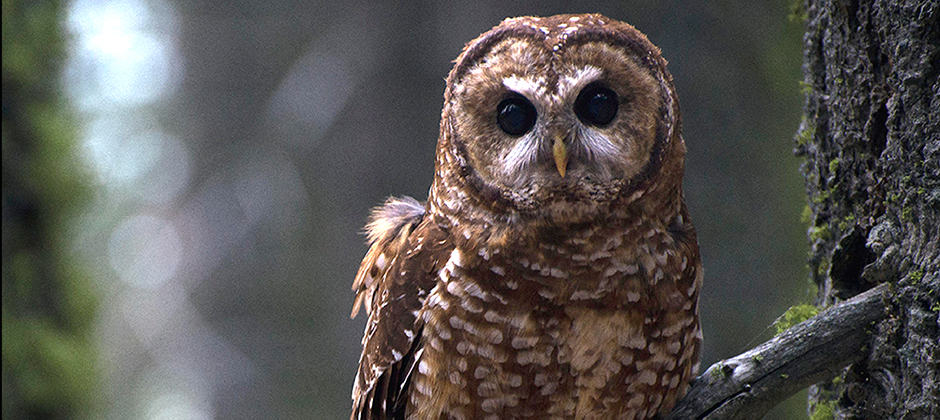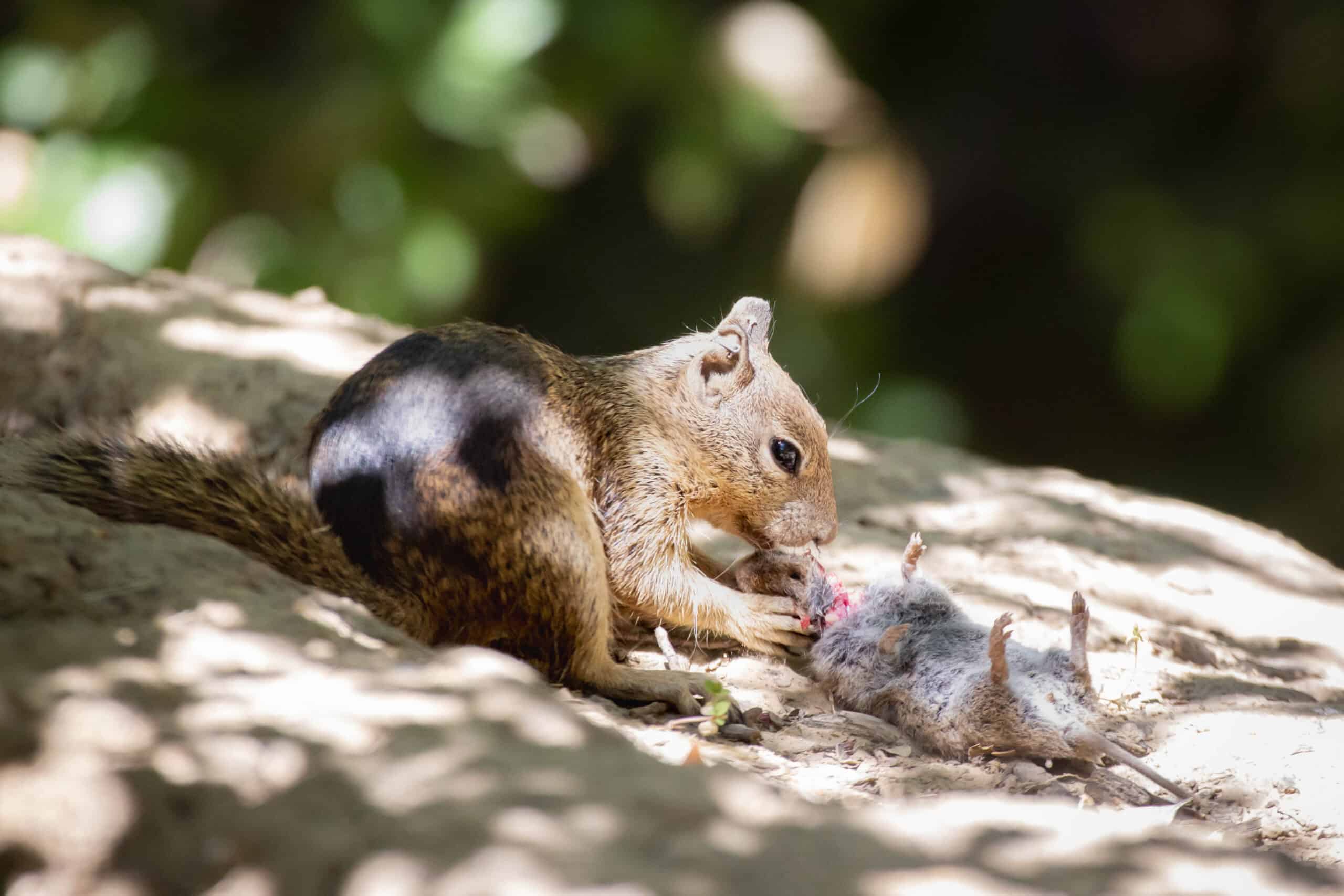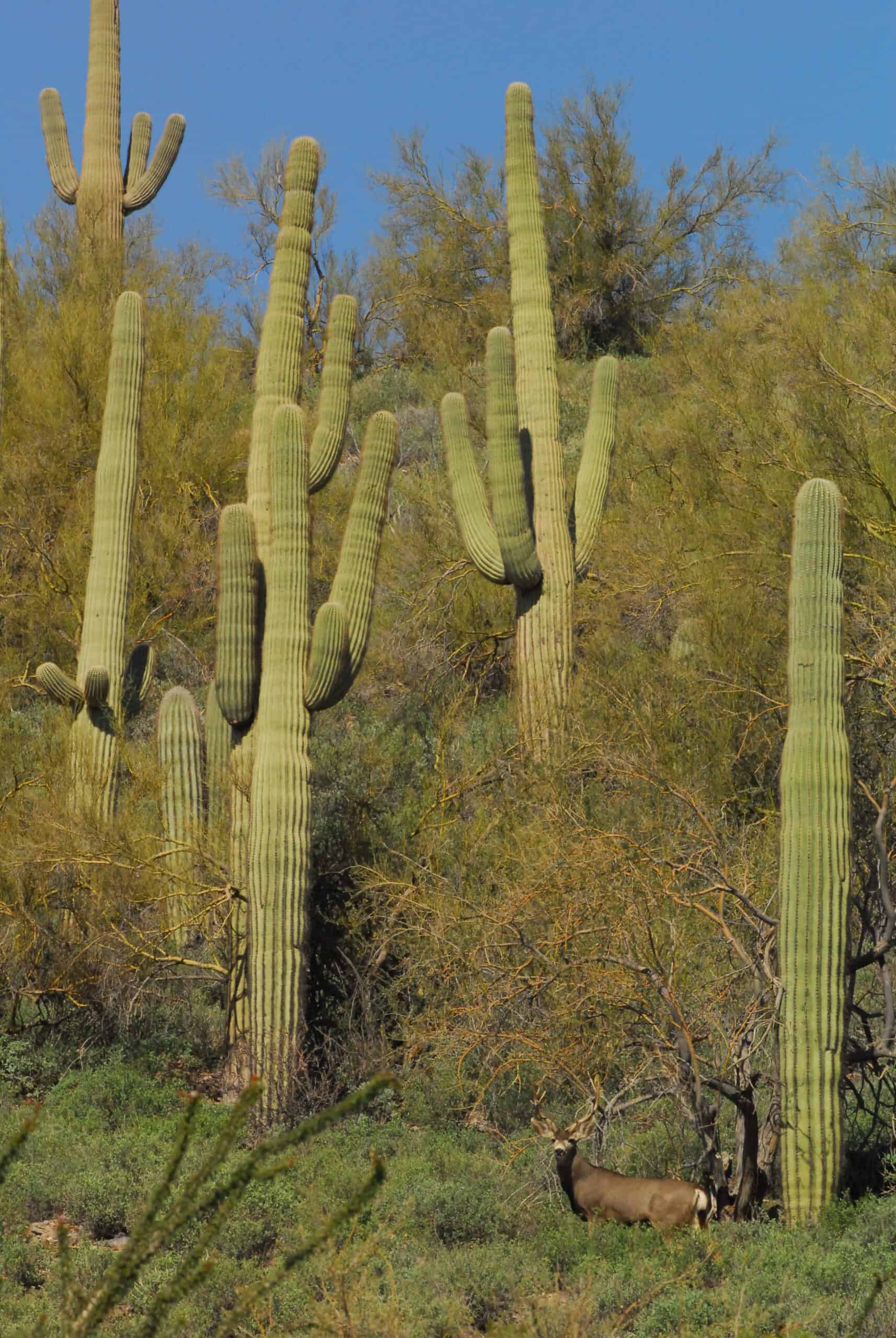Share this article
Forest management in spotted owl habitat pays off
Forest management to reduce fuels in California spotted owl habitat not only decreases the risk of severe megafires – it can also benefit the declining species in the long run. That includes measures like forest thinning, tree removal and other techniques, which researchers say can preserve the old-growth forests the owls rely on while reducing fuel for wildfires.
“Under all scenarios we conceived of, even the most pessimistic one, restoring a more resilient forest structure—even if it has a negative effect on the owls in the short term—always pays off,” said Gavin Jones, a research ecologist with the U.S. Forest Service Rocky Mountain Research Station.
Jones led a study published Frontiers in Ecology and the Environment looking at how forest management affects fire, and how that, in turn, affects California spotted owls (Strix occidentalis occidentalis). “We had previously looked at how owls responded to fire, and then how they responded to different types of forest management,” he said. “Now, we smashed that together.”
His team first looked at the effects of forest management on burn severity. “The results were pretty striking. In some ways mind-blowing, and in other ways, exactly what we expected,” he said.
By reducing fuel loads and bringing forest conditions closer to what they looked like historically, managers could reduce fire severity even under extreme warming and drying conditions, they found. “We have the capacity to alter the amount of severe fire that will occur in the next 30 to 40 years pretty substantially if we are able to restore a large area of the forest,” he said. “There’s hope. That stood out to me.”
That’s not only good for the forest, his team found. It’s also good for the owls. Combining fire severity models with owl population models, they looked at how owls in the Sierra Nevada might respond to various scenarios. While some forest management efforts could harm owl populations in the short term, the birds benefited in the long term from lower fire risk. In one scenario, researchers looked at what would happen if forests with large trees and high canopy cover—high quality spotted owl conditions—were kept in place but smaller trees and brush were removed. In another, the canopy cover was reduced in areas with large trees. Researchers developed these and other management scenarios to test. In all cases, Jones said, the benefits outweighed the cost to the owls within about two decades.
That’s good news for both the forests and the spotted owls, Jones said, since managers are often reluctant to take on forest thinning projects in spotted owl territory.
“There is hope here,” he said. “This is one piece of the puzzle showing we actually can move the needle on conservation in dry forests. We have some ability to make a positive impact on this incredibly vexing, wicked problem. It’s not all doom and gloom, and I really love that.”
Header Image: An adult male spotted owl in Sequoia and Kings Canyon National Parks in the southern Sierra Nevada, California. Credit: D Hofstadter








